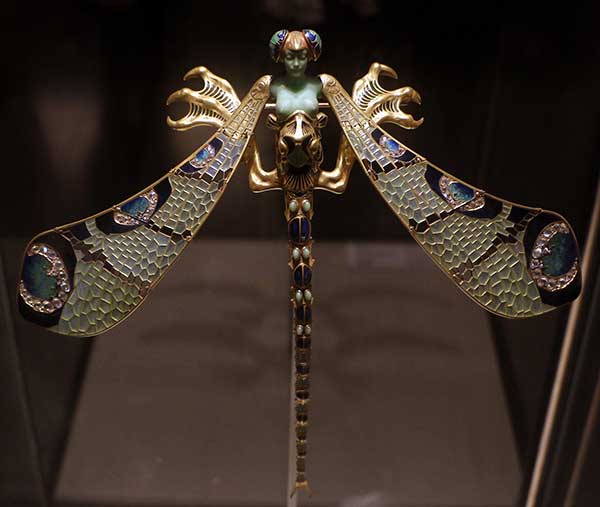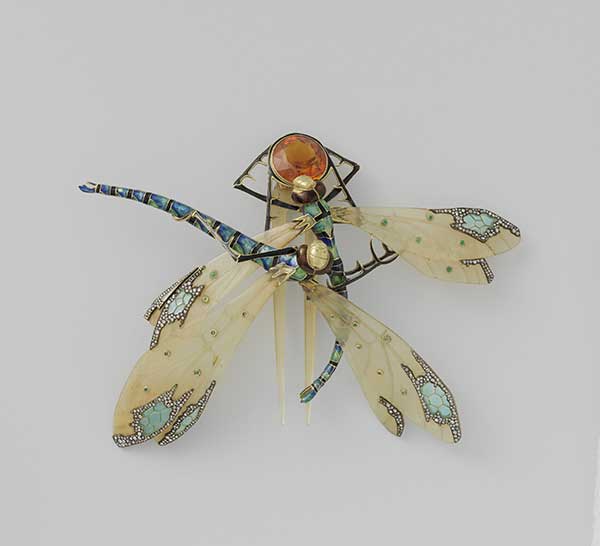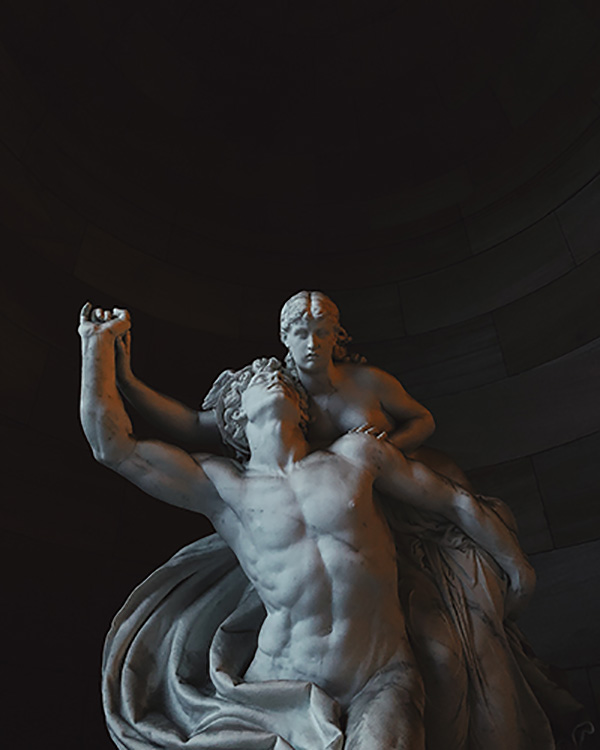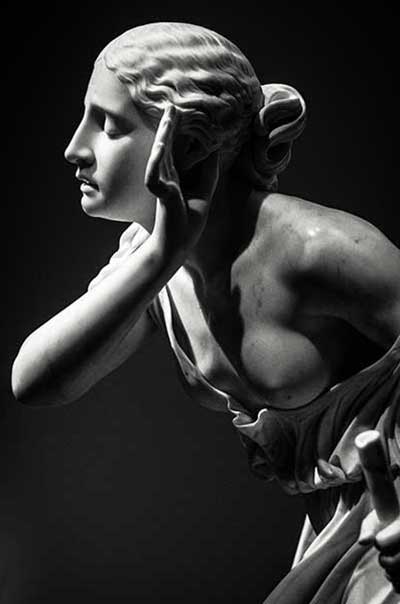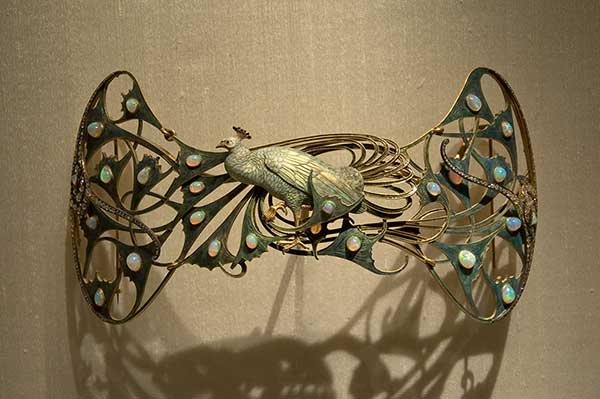
‘Peacock’ Corsage Ornament of René Lalique
The peacock symbolized nobleness, status and wealth in art history. Moreover, it was a symbolic icon of protection and guidance, and it served as a sign of dignity and confidence in ancient cultures.
During the previous two centuries and throughout the historical-artistic presence of the peacock, the stylish creature has been used frequently in numerous applied arts. This crested pheasant has also appeared in René Lalique artwork extensively.
Calouste Gulbenkian acquired the peacock corsage ornament from René Lalique. It is one of the most spectacular pieces of jewellery ever created in the period of Art Nouveau. Gulbenkian was a Western businessman of Armenian origin, and as a successful, wealthy expert, he constantly appreciated Lalique’s work and commissioned many of the artist’s projects.
The cabochon stone, shaped by oval opals, attached evenly to the semi-circular jewel and created a relaxed symmetric look by placing an enormous peacock in the centre.

